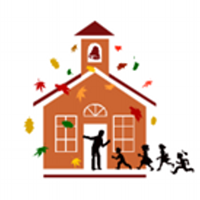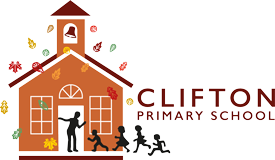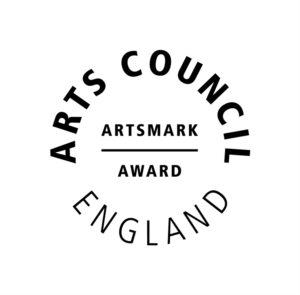‘We want to inspire our future scientists to understand and enjoy a love of science in the wider world.’
Science, at Clifton, stimulates and excites pupils’ curiosity about phenomena and events in the world around them. It also satisfies their curiosity with knowledge! Science lessons link direct practical experience with ideas, therefore it engages learners at many levels.
Scientific method is about developing and evaluating explanations through experimental evidence and modelling. This is a spur to critical and creative thought. By offering a broad, progressive, and coherent science curriculum which focusses on key knowledge, skills and vocabulary through scientific enquiry, pupils will do more, learn more and remember more.
At Clifton, our broad and balanced science curriculum enables children to learn to question and discuss science-based issues that may affect their own lives, the direction of society and the future of the world.
As Scientists, children at Clifton will:
• develop scientific knowledge and conceptual understanding
• develop understanding of the nature, processes, and methods of science through different types of science enquiries that help them to answer scientific questions about the world around them
• become equipped with the scientific knowledge required to understand the uses and implications of science, today and for the future.
“In Science I liked learning about animals. Herbivores have flat teeth, carnivores have sharp teeth and omnivores have both. We learnt that when we were pattern seeking and sorting the animals into what they eat then we found the pattern.” – Dexter – Y1
“My favourite topic in Science was about humans and teeth. First we learnt about all the different types of teeth like molars, canines and incisors. Then we did an observation over time where we put eggs into different liquids like water, cola, coffee and vinegar. Water was the healthiest because vinegar, cola and coffee changed the colour and texture of the egg.” – Luca – Y4
“We tested to see which parachute is the safest. We wanted to find the one that was the slowest so that the landing would be safer. It was a fair test because we let go of each parachute at the same height. We found out that the parachute with the biggest surface area was the slowest and safest.” – David – Y5


